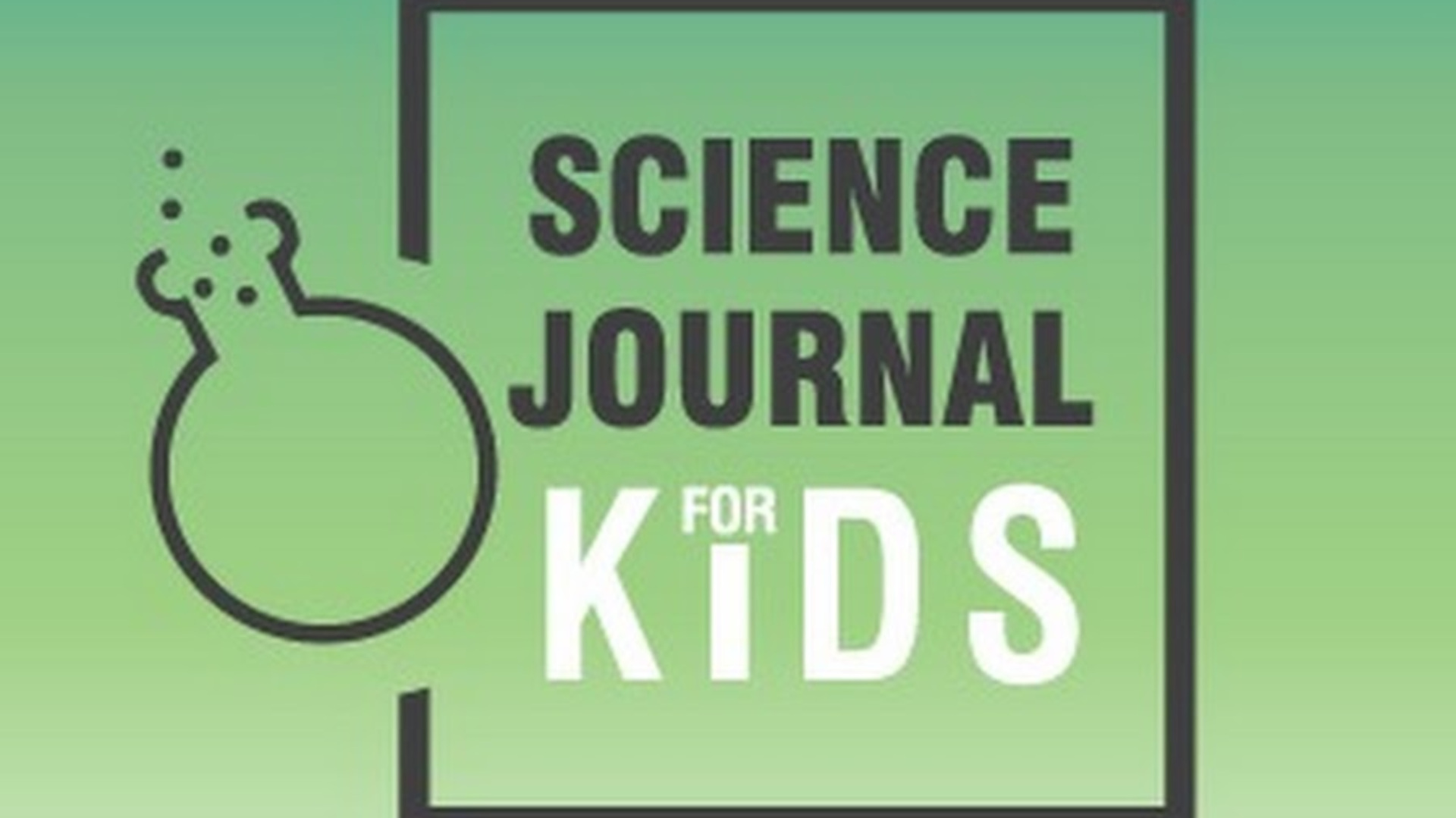5 Learning Gains Made During the Pandemic
Despite the challenges, there have been useful learning gains made during the pandemic

Despite the hardships of pandemic learning there have been bright spots and even many learning gains, say educators.
While the potential for learning loss is very real, simply comparing students' scores this year to previous years doesn’t tell the whole story and ignores the difficult but also rich life experiences students have had over the past 15 months.
“Learning loss suggests that, whether it's the ACT or MAP score, or you name the test, that's our goal,” says Dr. Theresa Ewald, assistant superintendent of teaching and learning for Kettle Moraine School District in Wisconsin. “For years, us educators have been saying we do more than that.”
For the past 14 months almost every educator Tech & Learning has spoken with has discussed how during the pandemic students and their teachers have embraced a new way of learning and teaching, and have grown. Here are just a few of the prominent learning gains that have occurred.
1. Increased Communication Skills
Ewald’s son is a high school senior and remote learning forced him to develop his written communication skills. “His reaching out to a teacher in an appropriate way -- with appropriate communication, not texting language -- has just gone through the roof,” she says.
He’s now much better at describing what he needs help with self-advocating for his own education. “So some of those skills, which you aren't going to measure on an ACT, but that's what kids lack when they go to college,” she says. “We have data that suggests [when] our kids don't finish college, it's not because they can't do math or read or write. Our kids are very skilled at that. It's that they can't do those other things. And so this year our kids have been forced through circumstances to grow some of those skills.”
2. Students Taking Ownership of their Own Learning
Some students in Texas’ Pasadena ISD have struggled with disruptions caused by the past year, but Daniel Hoppie, the district’s executive director of curriculum and instruction, has also seen successes. “One of the big pieces that has been gained is that students own their own learning,” he says. “Instead of coming to a school and being sort of forced fed the learning, they recognize, ‘Hey, if I'm, if I'm going to learn, I'm going to be the one who has to do some things.’ And when they're the ones who own their learning, ultimately, they're the ones who are driving the exploratory bus, so to speak.”
Tech & Learning Newsletter
Tools and ideas to transform education. Sign up below.
Putting students in the driver’s seat of their education can encourage them to explore new topics and delve deeper into subjects. “From a student's perspective, they're thinking, ‘I don't know if I ever would have learned this if I just sat and listened to an adult talk about it, but now I've seen this video, or this, piqued my interest, and I'm diving into this rabbit hole,’” Hoppie says.
3. Resilience and Learning Outside of School
“We've seen students take on incredible independence. There’s the agility and resilience to be able to shift their way of learning,” says Karen VanAusdal, senior director of Practice for The Collaborative for Academic, Social, and Emotional Learning (CASEL).
Students have been acknowledging that learning is happening in all sorts of spaces, and have been creating interesting projects at home. “[For example] I've seen students figuring out how to really understand how COVID has impacted different communities in different ways, and students taking political action in our current context in ways that they may not have had space to do in a traditional school year,” she says. The education community and society has also placed increased emphasis on SEL.
4. Time Management
The pandemic has encouraged some educators to think about time differently and reexamine requirements such as seat time as educators realize what matters is mastery and not how much time a student sits in class or in front of a screen.
However, educators are not the only ones learning to see time differently during the pandemic. Ewald says students are also now managing their time better. “I've had teachers talk about, ‘Okay, you got eight hours now, are you gonna watch Netflix and take naps? Or let's chunk out your time. Can you do an hour of this and an hour of that,’” she says. “Where in a traditional school kids just are lemmings. They just go by the bell. They walk to the next room, bell, next room. Time management is a huge skill.”
5. Teachers Learning to Be Guide On the Side
“One of the greatest gains has been teachers learning to do asynchronous assignments with their students, and then providing support to them as they need it,” says Michael Dodes, Queens library coordinator for the New York City Department of Education School Library System. “This is a positive shift for teachers learning to be a guide on the side rather than explaining everything to their students.”
As part of this, educators and their students are learning to utilize technology that can increase learning and access. For instance, ebook reading has surged during the pandemic.
Continuing to Implement Lessons Learned
Pandemic restrictions are easing and parents, educators, and students are hopeful that next year’s school year will be free of COVID-era restrictions. Still, many stakeholders are eager to utilize what worked well from this time.
While some students have struggled in the hybrid or remote setting scene much of the past year, others have thrived with increased flexibility, says Melissa Jacobs, director of the New York City Department of Education School Library System.
“I don’t think we’re going to go back to the way we were teaching or learning before the pandemic, and I don't think we should,” she says. “I think that there are lessons that have made a very positive impact in the progress we've made.”
Erik Ofgang is a Tech & Learning contributor. A journalist, author and educator, his work has appeared in The New York Times, the Washington Post, the Smithsonian, The Atlantic, and Associated Press. He currently teaches at Western Connecticut State University’s MFA program. While a staff writer at Connecticut Magazine he won a Society of Professional Journalism Award for his education reporting. He is interested in how humans learn and how technology can make that more effective.

